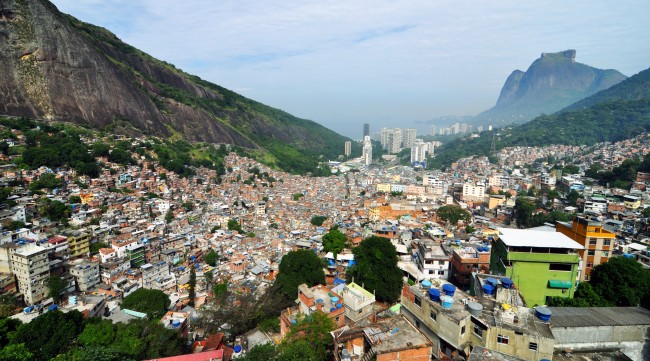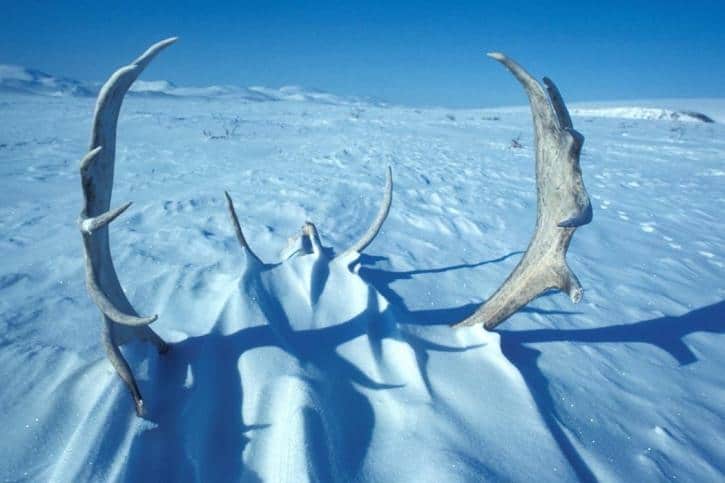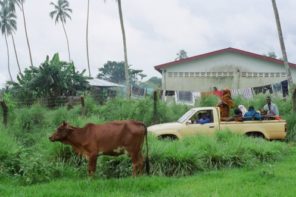Today our coverage of the Biannual Conference of the Finnish Anthropological Society continues with selected notes from panels – brought to you by Maija Lassila and Aleksis Toro, the people also responsible for the wonderful interviews of Anna Tsing and Philip Descola. Perfect accompaniment for getting in the mood for AAA2015 – or for just generally relishing the latest in debates on landscapes!
Aleksis:
I attended the panel entitled “Ecological Re-enchantment” and the following are brief comments on the stimulating papers and themes. The panel, convened by Timo Kallinen, brought together papers exploring certain new, revived and persistent ways of valuing and relating to nature. These are often seen as spiritual alternatives to modernization processes, which construe nature in reductionist, linear and homogenizing forms. Thus, for example, in Kallinen’s paper based on research in Ghana, he noted how the secularizing effects of missionary activity that took place a century ago were intended to induce African converts to abandon their traditional commitments to sacred environments, in order to facilitate more efficient resource extraction.
Recently, however, a revaluation of traditional and religious ways of relating to the environment has occurred, and government agencies and NGOs have launched ecotourism projects centered on places, natural formations and nonhuman species that are considered sacred.
Kallinen examined how local conceptualizations of these processes have altered ideas about modernity, how they are viewed by diverse religious groups and what they imply about the relationship between religion and economic development in Ghana.
Talal Asad has suggested that religion is a human universal to the extent that it makes more sense to ask about how secular formations are construed and maintained. Not only are notions of native spirituality being revalued in conservation politics, as Kallinen described, religious values such as biblically inspired notions of ecological stewardship are also challenging secular environmentalism. The ideological and practical alliances that indigenous peoples form with conservation agencies are of course complex and ambivalent. This includes their links to what have been called “post-secular” emergences of spirituality making western publics more receptive to ontologically diverse notions of enchanted natures. Various modern modes of valuing nature, such as commodification for tourism, seem susceptible to articulations with forms of ecological re-enchantment.

Photo by Luan Anh (flickr, CC BY-SA 2.0)
Susannah Crockford observed similar processes in her rich paper on the sacred power vortexes that local residents experience in the iconic, red rock canyon landscape surrounding Sedona, Arizona. In recent decades this landscape has become a locus of “New Age” beliefs. These beliefs are centered on spiraling energy vortexes, which call to people to visit and live near their psychic energies, enhancing practices of healing, meditation and channeling. Drawing on the work of Durkheim and Eliade on the sacred, Crockford asked whether there is something particular in the landscape that evokes these figurations of sacred agency, or if it functions more like a blank canvas for such projections. She noted that early American settlers, who displaced Native American peoples from the area, viewed the landscape as harsh rather than spiritual. However, local people today associate its powers with the autochthony of Native American cultures.
The sacred vortexes of the Sedona landscape partake of genealogies of American identity including the history of Manifest Destiny, a mimetic link with the symbolism of the Native American other, and the transcendentalist tradition of valuing the American landscape as a wilderness to see God. The contemporary re-enchantment of the landscape occurs in the midst of the expansion of the tourist industry of the Grand Canyon and the San Francisco Peaks and contemporary derogatory stereotypes of Native Americans.
The power vortexes of Sedona are construed and experienced as having always been there. Conceivably, such forms of ecological re-enchantment need to occlude their historical origins to appear “more real” than the pervasive forms of standardization that bind modern living. Yet a widespread tendency to experience transcendence as an emplaced phenomenon seems to exist among diverse groups of people, revealing sacred sites as immanent forces and agents of nature. This made me wonder whether a potential sacredness amenable to creative variation is somehow implicitly available in the world.
In Magnus Course’s subtle and perceptive paper there was perhaps a suggestion of such a phenomenological property in the world. He began by noting that a certain lament for something missing, possibly for a lost heterogeneity, attends to the modern process Weber called the disenchantment of the world. Course contrasted the disenchantment affected by modern linear time with cyclical rhythms of nature, such as the tide, through ethnographic insights gleaned from his research in Gaelic-speaking communities in the Outer Hebrides of Scotland. The Hebridean landscape has been transformed since the early 19th century through the boom and bust phases of global capitalism. These drove the forcible clearance of lands for sheep farms and the removal of local people to coastal communities to work in the kelp and fishing industries, resulting in a decline of the clan system and communal living.
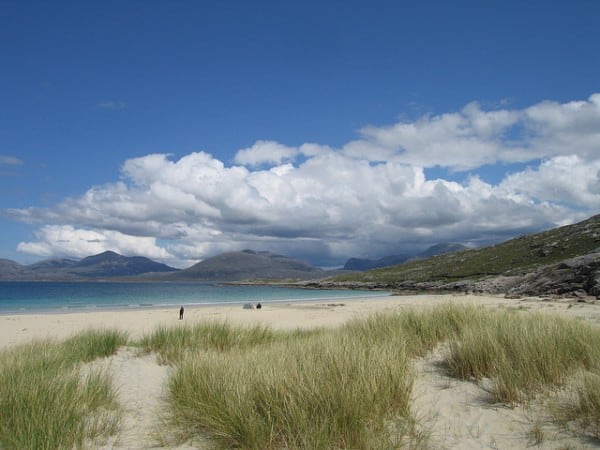
Photo by Pet_r (flickr, CC BY-NC-SA 2.0)
Today the linear and homogenizing forces of modern economic modes affect local communities through declining fish stocks and climate change. However, as contemporary Hebridean sensibilities are tied to the sea through coastal living and commercial fishing, local rhythms of life are connected to the tide and the phases of the moon. Course reflected on an image from Robert Pogue Harrison’s book The Dominion of the Dead, that of the sea that has no past, and obliterates human temporality and history. Besides its rich metaphorical associations, this evocation of the dialectic of revelation and annihilation that occurs at the edges of the tides indicates how tidal rhythms, by resisting singular chronotopes such as modern linear time, affect a form of ecological re-enchantment.
Jamie Alexander’s vivid presentation of her research on the cultural and spiritual ties to the land of Xhosa-speaking township dwellers of the Eastern Cape resonated with many of the themes touched on in the other papers. Although today multiple histories and claims of ownership curtail access to the surrounding landscapes, the people of the Xhosa townships continue to value and sustain connections to their ancestral and nonhuman powers. Alexander described the multivocality of experiences of local ways of belonging to the sacred landscape as a source of powers to heal, places for rites of passage, and various narratives that link people, families and clans across domestic, communal and wild sacred spaces.
She noted the problems of access deriving from histories of apartheid and colonial policies separating people from the land, and recently due to economic inequality and farmlands being given away for conservation. The consequences for some local people include a condition of being culturally “stuck” due to being unable to access sites essential for conducting rites of passage. Alexander then discussed the challenges of mapping the webs of belonging that stitch people to the ancestral landscape through relationships between the human and nonhuman worlds.
This reflected how such knowledge could conduce to wider recognition of local uses and values of sacred landscapes, providing a common ground of understanding for conserving biocultural diversity.
Maija:
I attended panel 7 Geographies of Capitalism and Landscapes of Globalization, and panel 11 Landscape and New Politics of Nature. I decided to write short summaries of these two panels and give examples of some of their papers. The focus is on the panels’ environmental topics as they present from different angles the current anthropological research done on resource extraction, local landscapes, and actors in the situations where landscapes are transformed. The two panels fulfilled each other nicely, as panel number 7’s starting point (with also other than environmental topics) was from a more global perspective, whereas panel number 11 brought out the contradictions, ambivalencies and overlapping that capitalist processes produce in particular places and in social relations.
Panel session number 7, Geographies of Capitalism and Landscapes of Globalization took place on the second conference day. The panel explored landscape as a connecting point between local and global capitalist processes. In the panel landscapes were, following Anna Tsing, understood as conjunctures and consisting of different encounters, places, where historical capitalist processes, current exploitations and differing power structures meet. The panel’s presentation took ethnographic narratives as starting points to look at large-scale global, capitalism and how it turns out locally, and in varied ways. The panel’s commentator was professor Thomas Hylland Eriksen, who provided several insights to the presentations.
Cynthia del Castillo Tafur from the University College London and Pontificia Universidad Catolica del Peru had conducted ethnographic research in the Peruvian Amazon on the Camisea Gas Project, and its effects on the indigenous Machiguenga communities, who live on one of the most biodiverse regions in the world. Castillo Tafur has especially focused on women in her research in the Cashiriari village, and she discussed about the ways in which the hydrocarbon project has changed women’s position in the community structure, increasing their household burden through the increased wage labour of both women and men. The material wealth has meant new consumer patterns and needs, but at the same time the cultural and the natural resources have been viewed in the community as decreasing.
Satu Ranta-Tyrkkö from the University of Tampere presented her post-doctoral comparative ethnographic project between two different mining regions of Orissa, India and Sodankylä, Finland. She approached the question of capitalist mineral extraction and its effects from the point of view of low-income people, and what would the exploitation’s consequences mean from the point of view of social work.
In the final comments to the panel, Thomas Hylland Eriksen brought out different concepts that the panel had evoked. What was common to all the presentation were the large-scale landscape changes, and the changes in the ways people articulate their relationship to the landscape. When there are profound changes in one’s surroundings that are marked by memory and belonging, what can one do?
Hylland Eriksen mentioned the term ”solastalgia” originally presented by philosopher Glenn Albrecht, which means the powerlessness and the sense of loss experienced, sometimes intense sadness that people feel, when their landscapes change.
In the panel number 11, Landscape and New Politics of Nature that took place on both conference days the focus was in landscapes, where natures are produced and created by active agents especially in the situations that the recent rush for land, forests and minerals or conservation has caused. The panel looked into human and non-human interaction, such as humans’ relationships with the landscape that is also inhabited by spirits, animals and ancestors, as well as the interaction between actors from local village levels to, for example, transnational corporation or state scales. The panel’s critical goal was to look at the material properties, such as resources or objects that have been thought central in the making of landscapes, and rather pay attention to the new concepts that emerge in the changing landscapes and social changes produced within this landscapes, in the active nature making of all the actors involved, including non-humans.
Following the presentations that were based on ethnographic fieldwork in various environments and places from Indonesia and Papua New Guinea to Madagascar, New Caledonia and Lapland, it became clear that there is no one single structure to connect all the contexts, where new politics of nature emerge. However, in places where different scales clash, people have to define their positions and social relations anew. For example, several presentations brough out palm oil cultivation as contrasting and transforming local social worlds but palm oil cultivation has different outcomes according to particular places and their histories.
Pujo Semedi from the Gadjah Mada University noted how in West Kalimantan the transformation from swidden agriculture to palm oil cultivation has caused the marginalization of women in agriculture and politics of land. Palm oil cultivation has brought a social and spatial reorganization of farmers’ economy. With palm oil land has been transformed to belong only in the male domain, contrary to the situation before, when women had an active role in land owning and farming activities.
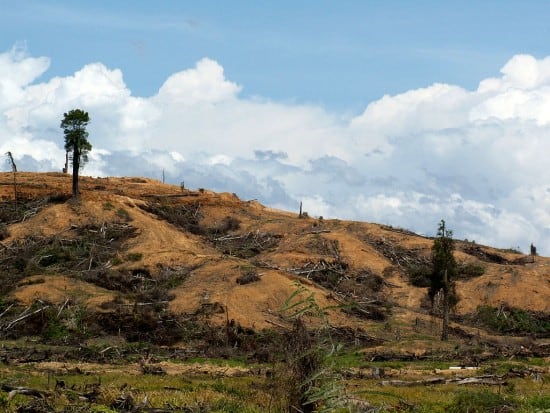
Oil palm clearing ground in Borneo. By T. R. Shankar Raman, CC BY-SA 4.0, via Wikimedia Commons.
Tuomas Tammisto from the University of Helsinki paid attention to palm oil plantations in contrast to village relations in the Pomio district of Papua New Guinea. The palm oil plantation is an ambivalent place for villagers who have started to work there, and the social relations and the politics that emerge in the intersection of village/plantation are overlapping and contradictory.
Jenni Mölkänen focused on vanilla cultivation and environmental conservation in her presentation, and showed how the Malagasy vanilla cultivators’ way of making nature through their work of care of the vanilla plant, and conservation efforts for the sake of ecotourism are two kinds of politics and processes of creating nature, and understanding nature. A pristine environment that foreign tourists expect is another kind of production of nature than that of Malagasy cultivators to whom the ”biological nature” cannot be limited outside humans.
Anu Lounela from the University of Helsinki paid attention to the landscape as made ”valuable” in its social and material aspects through climate change mitigation programs. Lounela explored the effects of the REDD+ program on the Ngaju Dayaks in Central Kalimantan, how they relate to their landscape after these new value producing actions, and what changes REDD+ has brought them.
All in all, I think the both panels were suggesting that the research done on the capitalist processes’ entanglement with social and historical landscapes, and capitalism in the making of the new politics of nature, is a strong and growing research field in anthropology. There are differences in whether to approach capitalism more from a world system point of view, or starting from the complexities of capitalist processes in particular historical and social landscapes. For the anthropologist, the ethnographic fieldwork and getting inside of what really happens is the key to opening up the difficult questions of capitalism and the new politics of nature.



